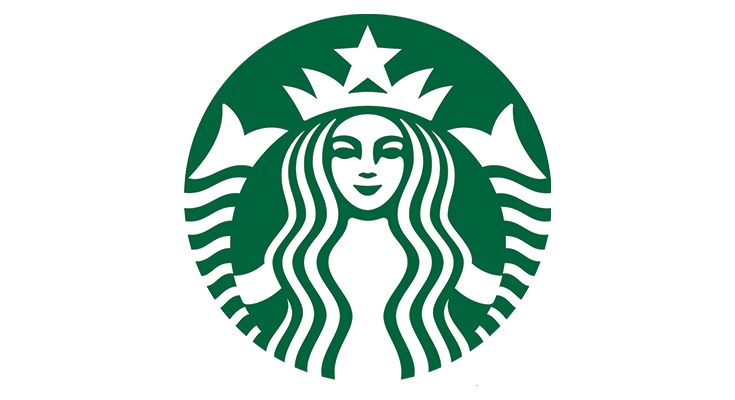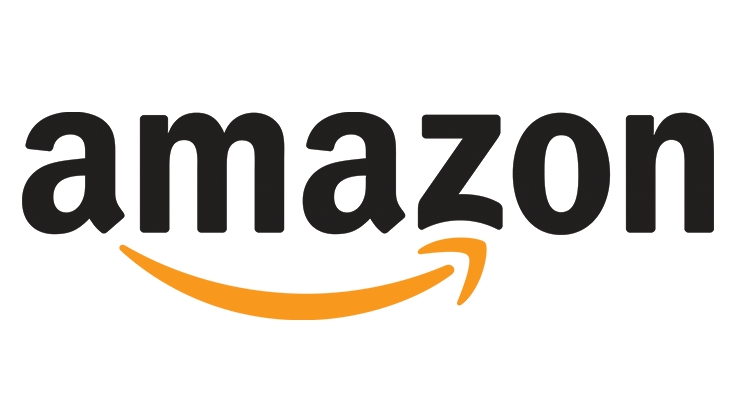What makes a good logo?
A good logo is simple, memorable, and meaningful. It reflects a brand’s identity while standing the test of time. Great logos combine strong design principles, typography, and color psychology to create instant recognition. Below, we’ve compiled the 10 best company logos of all time, explained why they work, and shared lessons you can apply to your own logo design.
10 Best Company Logos of All Time and Why They’re Good
Starbucks: the imperfect one

Year created: 1971
History: Starbucks introduced its two-tailed siren logo, inspired by Norse mythology. Over time, the design became less symmetrical, making it feel more approachable and “human.”
Why It Works: The green siren is now instantly recognizable worldwide, even without the company name.
Key Takeaway: Logos can evolve with a brand while still retaining core identity.
Nike: the $35 dollar one

Year created: 1971
History: Designed by Carolyn Davidson for $35, the swoosh has remained one of the most enduring brand symbols.
Why It Works: The swoosh conveys motion, speed, and athletic spirit while reflecting Nike, the Greek goddess of victory.
Key Takeaway: Simplicity and symbolism can create timeless power.
Apple: the deliciously simple one

Year created: 1977
History: Apple’s first logo depicted Isaac Newton, but Steve Jobs pushed for a simpler bitten apple design. Jobs’ description of the brand’s emblem fits it very well: “The fruit of creation, Apple. It was simple but strong”.
Why It Works: Its clean shape and adaptability (from rainbow to minimalist monochrome) represent innovation and simplicity.
Key Takeaway: A strong logo balances timelessness with room for evolution.
McDonald’s: the instantly recognizable one

Year created: 1968
History: McDonald’s logo evolution happened due to practical reasons. Initially, the logo had many small elements, like overlapping texts and lines. But eventually, those elements were eliminated, and the modern-day.
Why It Works: Visible from afar, the arches are universally associated with fast food and family dining.
Key Takeaway: Visibility and recognition matter more than complexity.
Coca-Cola: the Christmas-y one

Year created: 1886
History: Created by Frank Mason Robinson, Coca-Cola’s script font has remained largely unchanged
Why It Works: Its distinctive typography and red-and-white palette evoke excitement, passion, and even holiday nostalgia.
Key Takeaway: Consistency builds deep cultural associations.
FedEx: the award-winning one

Year created: 1994
History: FedEx shortened its name from ‘Federal Express’ to simply ‘FedEx’ and revealed a clever new logo which later won 40 awards for smart design and use of negative space.
Why It Works: The hidden arrow between the “E” and “x” conveys precision, direction, and speed.
Key Takeaway: Smart use of negative space makes a design memorable.
Amazon: the everything-under-the-sun one

Year created: 2000
History: As Amazon expanded beyond books, it redesigned its logo to better reflect its scope.
Why It Works: The arrow from A to Z signifies “everything,” while doubling as a smile.
Key Takeaway: A logo can tell your entire brand story with one detail.
Toyota: the culturally relevant one

Year created: 1989
History: Toyota’s overlapping ovals form both English letters and Japanese calligraphy strokes. On the one hand, the 3 ovals that make up the symbol reveal each letter of the company’s name in English. On the other hand, each oval has a different stroke thickness, just like the strokes in Japanese calligraphy.
Why It Works: It represents brand heritage while symbolizing progress, team spirit, and freedom.
Key Takeaway: Cultural resonance strengthens global recognition.
Adidas: the literal one

Year created: 1971
History: Adidas has 4 different logos, but the three stripes remain constant, originally serving a practical shoe design purpose.
Why It Works: The stripes are simple, versatile, and tied to brand history.
Key Takeaway: Practical origins can evolve into iconic design.
Mercedes-Benz: the family matters one

Year created: 1909
History: The three-pointed star was inspired by a symbol drawn by Karl Benz’s family, representing mobility by land, sea, and air.
Why It Works: It ties brand values to a simple yet powerful geometric symbol.
Key Takeaway: Personal stories can translate into universal icons.
FAQs About Logos
What makes a logo timeless?
A timeless logo is built on simplicity, versatility, and a deep connection to the brand’s core values rather than passing design trends. For example, Coca-Cola’s script and Nike’s swoosh haven’t drastically changed in decades because they are instantly recognizable across cultures and contexts. Timeless logos also scale well (from a billboard to a smartphone app icon), work in both color and black-and-white, and avoid styles that may look dated in a few years.
What are the most recognizable logos in the world?
Nike’s swoosh, McDonald’s golden arches, Coca-Cola’s script, and Apple’s bitten apple are often cited as the most recognizable logos worldwide. Recognition comes from consistent use, global brand reach, and strong emotional associations. For instance, McDonald’s arches are tied to fast food comfort, while Apple’s logo represents innovation and simplicity. These logos transcend language barriers, meaning someone in Tokyo, New York, or Rio de Janeiro instantly knows what they stand for.
How do I know if my logo is effective?
An effective logo is one that resonates with your target audience and supports your brand identity. You’ll know your logo is working if it:
- Stands out among competitors in your industry.
- Feels relevant to your brand’s values and offerings.
- Is memorable after a single glance.
- Works everywhere, from websites to packaging to mobile apps.
The best way to measure this is through testing. Platforms like Upsiide let you validate your logo designs with real consumers, showing which versions spark the strongest recognition and emotional connection before you launch.
Final Thoughts
These 10 logos prove that simplicity, storytelling, and adaptability are the foundations of lasting brand design. If you’re working on a new logo, don’t just trust your gut – test it.
That’s why it’s so important to test your creative logo design ideas before launching them in-market. Here at Upsiide, we test logos all the time. Book a demo with us to give it a go and find out which ideas have the most potential for success within your target market.